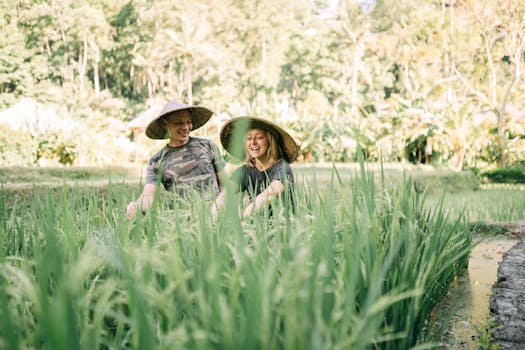Outdoor First Aid Basics: Essential Tips for Environmentally-Conscious Adventures
Outdoor adventures can be fun, but they also come with risks. Understanding Outdoor First Aid Basics helps you stay safe while enjoying nature. This guide shows you how to use eco-friendly practices and gear to reduce your impact on the environment. You will learn why it is important to be prepared and how to care for injuries without harming nature. Additionally, implementing outdoor eco-friendly practices can enhance your experience while protecting the natural surroundings. For those new to camping, exploring eco-friendly gear options can make your trips more sustainable and enjoyable.
FAQs
Q: How do I decide which first aid supplies to prioritize when packing for a multi-day hiking trip in the wilderness?
A: When packing for a multi-day hiking trip in the wilderness, prioritize first aid supplies based on the most common injuries and ailments you might encounter, such as cuts, scrapes, blisters, and allergic reactions. Include essentials like adhesive bandages, antiseptic wipes, gauze, tape, pain relievers, and any personal medications, ensuring you have enough to cover the duration of your trip.
Q: In what ways does wilderness first aid differ from basic first aid, and how can I prepare for unique challenges in remote locations?
A: Wilderness first aid differs from basic first aid primarily in its focus on managing injuries and illnesses in remote environments where help is not readily available, often requiring improvised techniques and extended care until rescue. To prepare for unique challenges in remote locations, familiarize yourself with wilderness-specific scenarios, carry a well-equipped first aid kit, and practice skills such as outdoor navigation, communication, and emergency response strategies tailored for such settings.
Q: How can I effectively assess and manage potential injuries or illnesses during an outdoor adventure when I’m far from professional medical help?
A: To effectively assess and manage potential injuries or illnesses during an outdoor adventure far from professional medical help, ensure you have a well-stocked first aid kit and basic first aid training for all participants. Establish communication methods for emergencies, such as storing contact information for the nearest medical facilities, and develop a safety plan that includes recognizing hazards and knowing how to respond to common injuries.
Q: What are some practical strategies for maintaining my first aid skills and knowledge, especially when I frequently engage in solo hiking and outdoor activities?
A: To maintain your first aid skills and knowledge for solo hiking and outdoor activities, regularly review and practice basic first aid techniques and scenarios using resources like videos, online courses, or first aid manuals. Additionally, consider joining a local first aid group or workshop for hands-on training and to stay updated on best practices. Moreover, adopting simple nature activities can also enhance your preparedness for outdoor adventures.
